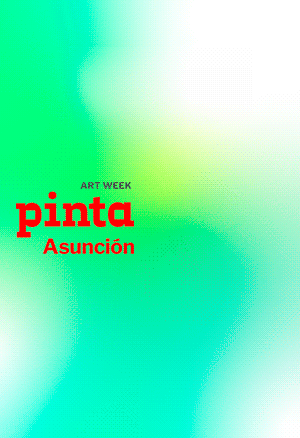Lotty Rosenfeld. For a poetics of rebellion.
Centro Andaluz de Arte Contemporáneo, Sevilla
Still immersed in the repercussions of the recent discussions on museology and its capacity to reinvent itself in order to showcase the new media, different institutions have set out to plan exhibitions aimed at showing, more or less successfully, the recordings, archives, and actions of artists working with the most ephemeral artistic expressions.

Besides, if we add to this factor the interest that art more closely linked to political activism in Latin America has aroused in the last quarter of the 20th century, we arrive at the hotbed that will fittingly provide visibility to productions which have been essential for the development of the most recent contemporary art.
Such is the case of Lotty Rosenfeld (Santiago de Chile, 1943), whose first retrospective on Spanish soil, and her largest in Europe, is being hosted by Seville’s CAAC under the guidance of Berta Sichel. Rediscovered by some through her initiatives as a member of the collective CADA, and by her participation in Kassel’s Documenta in 2007, the Chilean artist became a reference of video art and installation in the 1970s, in a South America which was largely under the iron rule of dictatorial military regimes. The repressive environment of Augusto Pinochet’s government is, precisely, the framework for Rosenfeld’s first actions, which approach her country’s everyday life without addressing it directly. While the initial purpose of these productions was not merely artistic, soon enough the political activism which underpinned these activities gradually merged with a more artistic notion of experimentation. In this way she began to break the barriers of traditional art understood as such by resorting to performance, installations, and the support of photography and video as channels for documentation, and at a later stage, for the production of her works.
“For a poetics of rebellion” takes us along that road, from her well-known art intervention Una milla de cruces sobre el pavimento – including not only a comprehensive documentation of its multiple editions, but also its ephemeral reproduction in the streets of Seville – to her more recent actions, among them, video art pieces and a series of productions in which technology and engineering are almost as significant as the content in terms of achieving a successful interaction with the viewer. A fundamental component of CADA, where she coincided with Diamela Eltit, Juan Castillo, Fernando Balcells and Raúl Zurita, Rosenfeld’s participation in the mentioned collective was marked by an oeuvre oriented towards a reexamination of the art circuits during the dictatorial period, resorting for this purpose to the amplification of communication channels. And this underground stance is, precisely, the same she exhibits at present, confronting the established art world with her conceptualism and her work outside the commercial paths, including and amplifying in each of her works a vision and a reflection on power and its influence in everyday life, with a strong critical content against the conformity and the submissiveness of the multitude, which is being directed.





